
How to start a private therapy practice
Going out on your own can come with a learning curve, especially if you’re not familiar with the business aspects involved in a private practice.


Going out on your own can come with a learning curve, especially if you’re not familiar with the business aspects involved in a private practice.

Curious about the average salary of people in your profession? It depends on a few factors.

Building a business as a therapist means wearing multiple hats — here’s how to know if you’re cut out for the challenge.

Here’s what goes on behind the scenes — and how Headway’s relationships with insurance plans help us get you credentialed faster.

Growing your clientele can be a lot less complicated than you think. All you’ll need is a simple mindset shift and a couple basic strategies that help potential clients find and connect with you.

As a therapist, your superpower is helping other people. So it may feel a little weird to turn the tables and talk about yourself and your accomplishments as you’re building your website, creating social media profiles, and signing up for therapist directories.

Your voicemail should extend the same warmth and professionalism you convey in person — while ensuring the same privacy and confidentiality someone expects from a therapy session. copy block

If you want to optimize your social media profiles and boost your reach, here’s what you need to know to get started.

Electronic medical records and electronic health records may sound the same, but there are key differences in how they function.

To set yourself up for success, why not learn from people who have gone through the process before you?

How many sessions you can fit into a “full time” practice depends on several important factors, including your own capacity and your clients’ needs.

Learn the potential downsides of each, according to private practice therapists, before making a decision.

Here’s how to create a space that supports your work and therapeutic relationships.

Here are some ways to tell your client they need a different therapist, plus reasons you might refer a client out.

Here’s how reciprocity allows therapists to practice outside the state they’re licensed in.

Here’s how self-employed providers can find the financial administration support they need.

While some deductions seem obvious, you may be missing important ones.

Insurance verification can help ensure the process of providing your therapeutic services is as smooth as possible.

The journey of getting credentialed as a provider doesn’t have to be overwhelming.

Wondering how much an EHR system costs and if it’s worth the investment? We’ll help you analyze what your practice truly needs.

Follow these steps to ensure success, regardless of if you’re just starting out or if you’re leveling up your practice.

Owning your own practice can be rewarding, but it’s important to consider the benefits and drawbacks.

Are you looking for a new EHR system and feeling overwhelmed? Our list makes the process more seamless.

Read our guide covering what you need to know about DEA licenses.

Here’s how you can ensure you bring your best self to your friends and family and your clients.

Some of the most effective ways of taking care of yourself in a caring profession are small, affordable, and can be built into your work day.

It’s a common phenomenon in helping professions, but work-related burnout can feel debilitating.

One of the most important ways to practice self-care as a therapist — and provide better support to your clients — is to schedule time off for yourself on a regular basis.

Here are some proven ways to set up your work space for successful therapy sessions and maintain work-life balance when you shut down your computer for the day.

Becoming a licensed therapist involves a lot of work, and a lot of education.

If you’re feeling empowered to take your burnout head-on, read on for advice on five ways you can battle burnout as a therapist.

Acquiring CE credits helps you better serve your clients — and grow your business.

Here’s how to find the continuing education options that are right for you.

One important way to continue offering the best possible care to your client base is to stay current with your continuing education units.

Check in with yourself to see how the day has affected you — and take the time you need to recover.

Use these therapist coping skills to prevent being at a higher risk for burnout.

Whether you want to go full-time with your practice or boost your current income, here’s where to start.

Clearly illustrate the relationship between thoughts, emotion, and behavior to help your clients improve their well-being.

Help your clients understand how their negative thoughts affect their emotions and behaviors.

Together, you can begin to challenge biased, inaccurate, unhelpful (and often irrational) ways of thinking.

Inspire your clients to discover the deeply ingrained, fundamental beliefs that shape their automatic thoughts.

Provide a helpful framework for your clients to commit to activities that may help their symptoms and improve their quality of life.

Clearly illustrate the relationship between thoughts, emotion, and behavior to help your clients improve their well-being.

Help your clients become aware of — and replace — thoughts that may be contributing to unwanted emotions and actions.

Here’s what you need to know, plus a treatment plan example.

These treatment plans aren’t one-size-fits-all, but following a few key steps can ensure you provide the support your clients need.

Here’s what you need to know about treating generalized anxiety disorder, plus a treatment plan example.

Grief and mourning are highly personal processes that can look different depending on the individual.

Stress management counseling techniques can help you hone in on appropriate treatment plan goals.

Here's how to write a treatment plan for bipolar I disorder, plus information about distinguishing between bipolar subtypes.

Familiarize yourself with the diagnostic criteria for SUD and the basics of creating a treatment plan for substance use disorder.

Struggling to engage quiet clients in sessions? Here are some ideas to help spark conversation and build trust.

Trauma can affect clients in any number of ways. Here’s how you can help.

Here’s what you need to know about person-centered therapy, or Rogerian therapy.

Just as there are many styles of individual therapy, group therapy sessions can be conducted in several different ways.

Learn how to create goals to track progress and make the most of your sessions.

Learn what to do with our expert techniques to help re-engage and support clients through difficult moments.

Here are some common signs of resistance — and what therapy activities you can try to help.

Taking the steps to keep your caseload current can be tedious — but it’s important.

Be strategic and ensure you and your potential client have the information you need to start therapy on the right foot.

Every discharge situation is different, but a few best practices can help ensure the transition and documentation process is successful.

It’s your role as a mental health clinician to determine when and how to best support your clients — and when it’s appropriate to refer someone to a higher level of care.

Here are 7 of the most important housekeeping tasks to keep on your to-do list as a therapist in private practice.

While you as a therapist have an essential responsibility as a mandated reporter, the process can be challenging to navigate.

Learn more about clawbacks and how you can prevent them.

If your client isn’t progressing, even after a long period of time, you may need to change your strategies.

These last-minute disclosures can be challenging for therapists to deal with.

Wiley PracticePlanners provide customizable, evidence-based treatment goals, objectives, and interventions.

Learn more about creating a routine that works for you and your clients.

Understanding the signs of countertransference is an important way to maintain an effective therapy practice.

There’s no official guidebook for this important milestone in the therapy journey, but here’s a start for structuring it.

Add these CBT books to your shelf to support your clients on their mental health journeys.

Because clients’ needs change over time, your treatment plan will eventually change, too.

Here’s how to find and schedule more clients using referrals and online directories.

Choosing a speciality can benefit you and your patients. Here’s how to decide which one to pursue.

Most, if not all, therapists experience client dropout at one point or another. Here’s how to handle it.

Understanding the nuances between the terms can help you choose the one that best supports your therapeutic work.

Learn about helping clients overcome them to make you a better advocate for mental health care for all.

It’s easy to forget the questions you should ask. Our insurance verification checklist — and features — make this process easier.

Here are ideas for providers to help marginalized communities.

Looking for ideas to help in the fight to improve access to mental healthcare? Here’s how to increase accessibility.

It can be confusing to know which term providers should use. Read our guide to see what’s right for you.

Navigating compliance can be time-consuming and stressful. We’re committed to changing that.
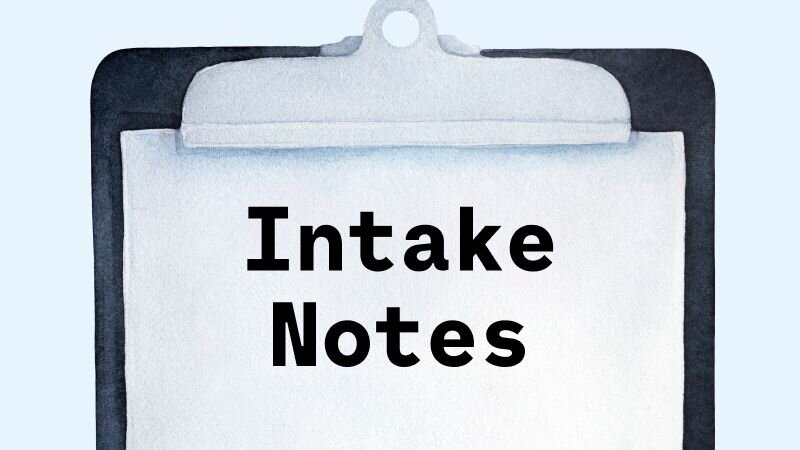
The intake assessment is your chance to get a deep understanding of your patient — and maybe connect some elements from their journey that they wouldn’t connect themselves.
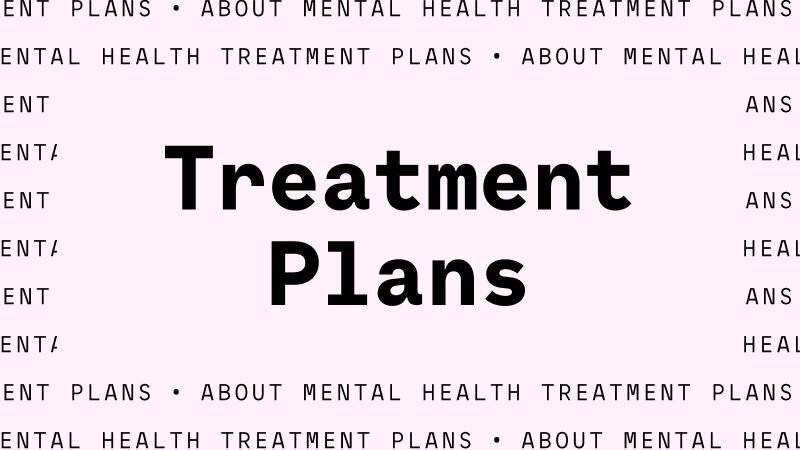
Whenever you want to change the goal of your therapy care, or the path you want to take with the client to reach that goal, you’ll want to document a treatment plan.
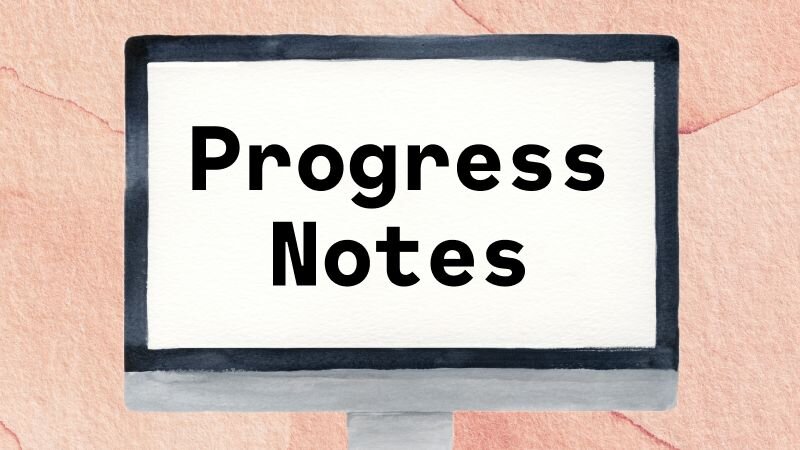
Progress notes are the core piece of documentation a mental health care provider should write after each session with a client, but it’s more than just a record of what happened in the session.

The “golden thread” helps connect the dots between your clinical and administrative work.
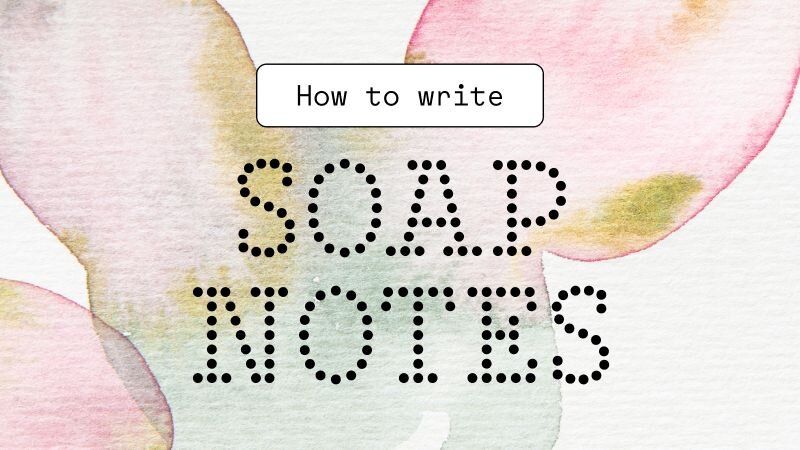
Here’s how SOAP notes can help you write better, faster notes — and effectively document your work as a clinician.

When it comes to family therapy and group therapy, progress notes can become more complex due to the multiple parties involved.

Based on our conversations with insurers, here are 10 of the items most commonly missing from charting documentation, including examples of what it takes to meet the requirements for each.

The Patient Health Questionnaire-9 helps screen for, diagnose, and track progress with depression.

The GAD-7 can help you narrow down a diagnosis if your client is experiencing anxiety symptoms, along with allowing you to track their progress over time.

Learn more about the ISI assessment and how you can incorporate it into your practice.
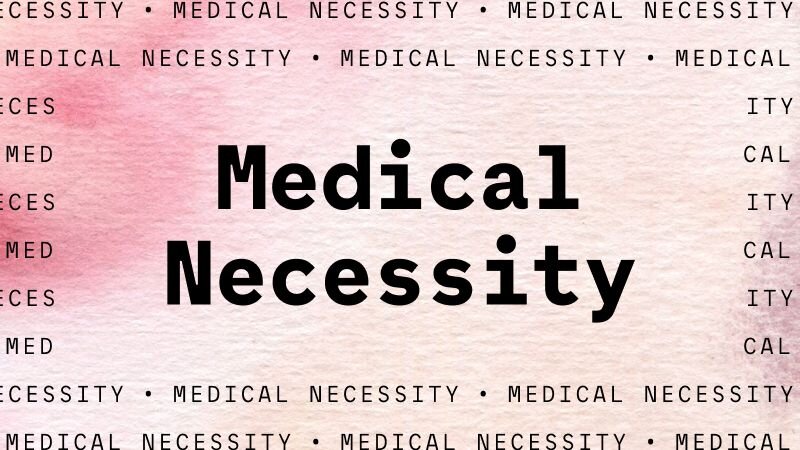
Here’s what you need to know about medical necessity — like how to make sure your 90837 and 99205 notes are compliant.

Learn more about the PCL-5 assessment and how you can incorporate it into your practice.

Learn more about the World Health Organization-Five Well-Being Index and how you can use it in your practice.
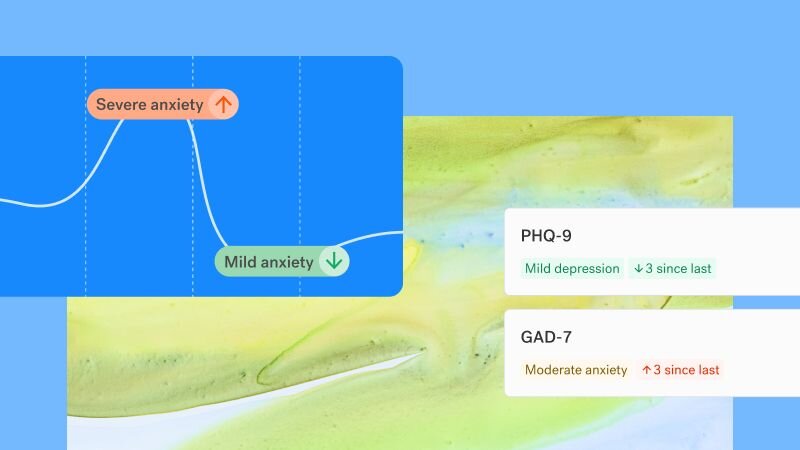
Administering assessments to diagnose and treat symptoms can provide a picture of how your client is doing over time.

Biopsychosocial assessments allow therapists to understand the most important components affecting clients’ mental health symptoms.

Here are the documentation and notes requirements you’ll want to remember as a prescribing mental health provider.

Learn more about how you can boost your efficiency with documentation.

These tips from therapists can help you stay focused.

You can make writing the “objective” section of SOAP notes even easier.

Learn more about the IES-R assessment and how you can incorporate it into your practice.

Learn more about the ADNM-8 assessment and how you can incorporate it into your practice.

Here’s how to decide which progress note-taking style is right for you.

Learn more about DARP notes and how you can incorporate them into your therapy practice.

Here are some precise language examples and effective techniques for improving therapy progress notes.

SIRP notes are concise yet thorough, allowing therapists to make detailed assessments of their clients.

Unsure if HIPAA applies to you? Our guide helps clarify compliance expectations.

GIRP notes are a format for therapy progress notes. These examples can help you effectively document your work as a clinician.

Understand the ins and outs of CPT codes to help make documentation and billing more efficient — and give you more time to focus on other areas of your practice.

Headway strives to simplify billing insurance so you can focus on providing care. Read our comprehensive guide to mental health billing.

The 90837 CPT code is often understood to be the standard of a therapy session among providers. However, insurers have a tendency to flag 90837 more frequently than other codes.
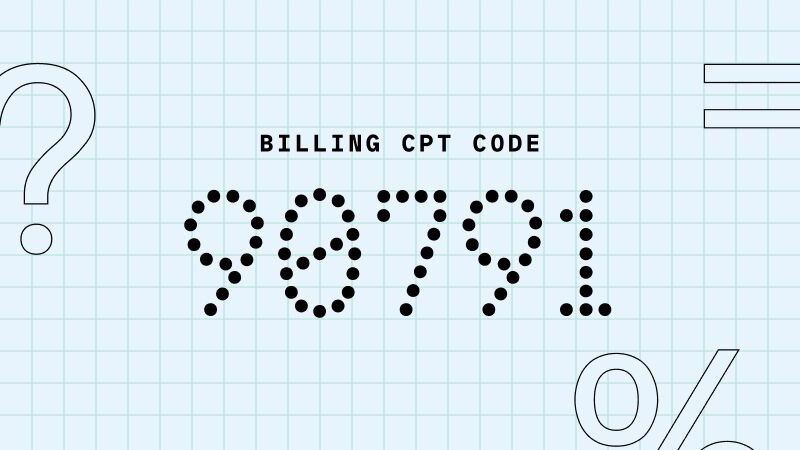
Code 90791 is officially deemed a “diagnostic evaluation,” but you might know it better as an initial assessment. It typically happens in your first session with a client.

A client presenting the symptoms of ADHD will most commonly be diagnosed with a specifier code that provides detail about how their symptoms present.
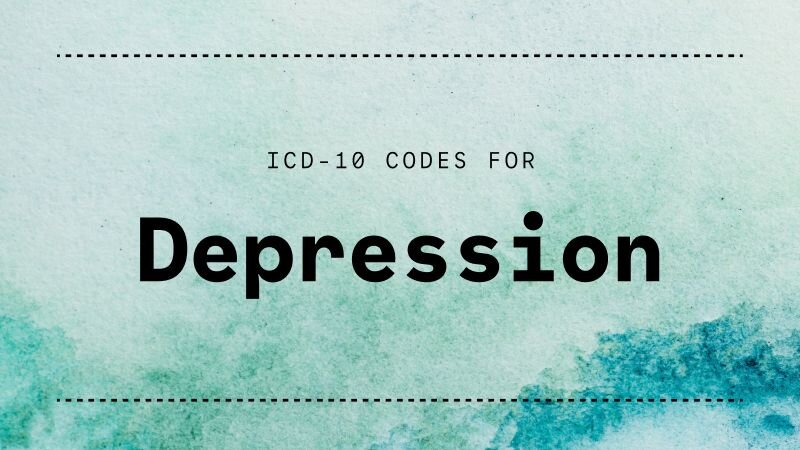
Here are some of the most common ICD-10 codes associated with depressive symptoms, with different criteria for frequency, severity, and other features.

There are many ICD-10 codes associated with anxiety disorders. Generalized Anxiety Disorder is most common, but there may be a more precise code that documents your diagnosis more effectively.

Here’s how to properly document and bill group therapy sessions.

Understand the ins and outs of CPT codes to help make documentation and billing more efficient — and give you more time to focus on other areas of your practice.
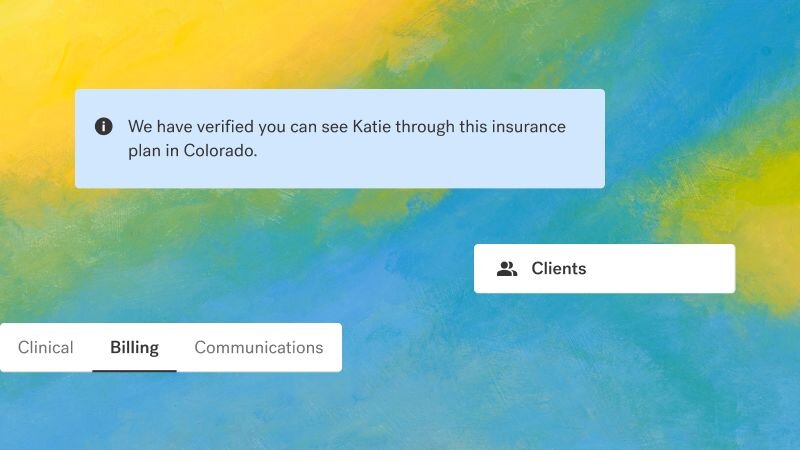
With the right tools and resources, billing can become second nature.

Code 90836 represents an add-on for 38-52 minutes of psychotherapy with an E/M code.

CPT code 99202 represents a new patient appointment that’s at least 15 minutes in duration.

Within behavioral health, billing and documentation for E/M codes can sometimes be confusing.

CPT codes can seem complex at first, but they simplify the process of coding and billing.

Here's how to bill for telehealth appointments, which CPT codes to use, and more.

Here’s our guide for billing insurance as a prescriber while avoiding common mistakes and streamlining the process.

Learn more about how to use ICD-10 F codes for mental, behavioral, and neurodevelopmental disorders.

Learn the key differences, structure, and when to use each for accurate billing and insurance claims.

As 2024 comes to a close, we’re overwhelmed with gratitude for our provider network: you! Together, we’ve made meaningful strides in transforming mental health care. Here’s how...

If the journey of one thousand miles begins with a single step, then the journey to starting or streamlining your insurance practice begins with a single call.

Our vast network of providers like you makes it possible to secure better rates for everyone — without charging a membership fee to use our platform.
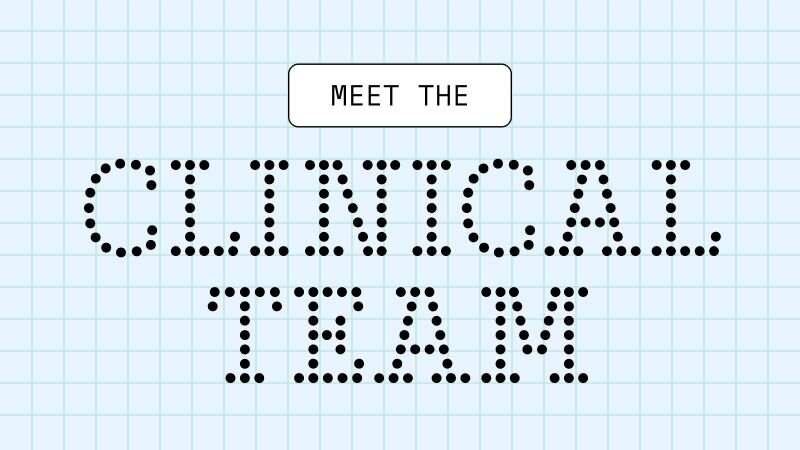
Headway’s clinical team helps to build systems and processes that empower clinicians and their practices while offering high-quality clinical guidance.